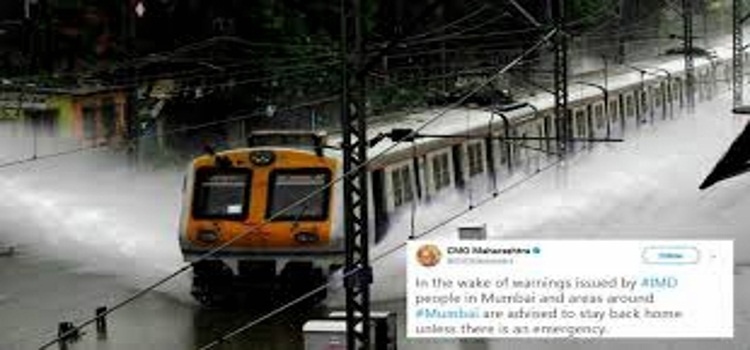
The railways in India is often called as the lifeline of the country. For decades, railways have been the great connector for Indians, offering long-distance travel at affordable pricing. For a long time, rail travel in India was just a means of going from point A to B, with little focus on comfort and safety of passengers. However, as India continues its march to transform its infrastructure, upgrade of railways has received investments and attention of the current establishment. On 30th November, the railways ministry of India announced it will be revamping its Rajdhani express trains. Earlier, the rail ministry had also upgraded another of its premium trains known as the Shatabdi Express.
The present dispensation in India has been focusing on providing a boost to the country’s infrastructure, with railways receiving particular attention. In February 2017, it was announced that the government will be spending nearly US$ 59 billion to modernize its airports and railways. In addition to expanding the existing airports, the government announced that it will lay new tracks to boost the connectivity between towns and cities.
Rail equipment manufacturers and suppliers are investing in building factories to provide an impetus to growth. The country is also proposing a new metro rail policy, which is likely to acceleration the much-delayed modernization of the railways. According to the vision document of Indian Railways, the government is committed to create 3X bigger Indian railways that is economically viable. Some of the key initiatives that the government is focusing on include integrated corridor approach and best in class rolling stock. To build terminal infrastructure, the government is focusing on upgrading good sheds.
According to the vision document, convenience to passengers also remains a key focus area for the government, with punctuality, cleanliness & beautification, and safe catering among the key initiatives. The approach of the railways is consumer-centric, with seamless passenger services receiving the attention of the government. The development of mobile apps that provide affiliated services such as ticketing and taxi, along with passenger feedback and grievance redressal are among the other services that the government is offering to improve customer experience.
To offer passengers comfort during the long journeys, the government is also focusing on improving the quality of materials used to manufacture the interiors of railways. From fire-proof curtains to comfortable seats, the railways ministry in India is taking initiatives to improve the overall functionality and design of railways. The focus on upgrading seat materials is not only limited to Indian railways, as can be gauged from the steady growth in the global train seat materials market, which was valued at nearly US$ 1.61 billion in 2015, and is on course to grow at over 5% CAGR through 2024.
Overall, the focus on modernizing Indian railways is likely to create opportunities for parts manufacturers and suppliers. The recent collaboration between India and Japan on the high-speed bullet train is an example of the focus of the present dispensation towards railways.
Courtesy: Abhishek Budholiya: Abhishek Budholiya is a tech blogger, digital marketing pro, and has contributed to numerous tech magazines. Currently, as a technology and digital branding consultant, he offers his analysis on the tech market research landscape. His forte is analysing the commercial viability of a new breakthrough, a trait you can see in his writing. When he is not ruminating about the tech world, he can be found playing table tennis or hanging out with his friends
